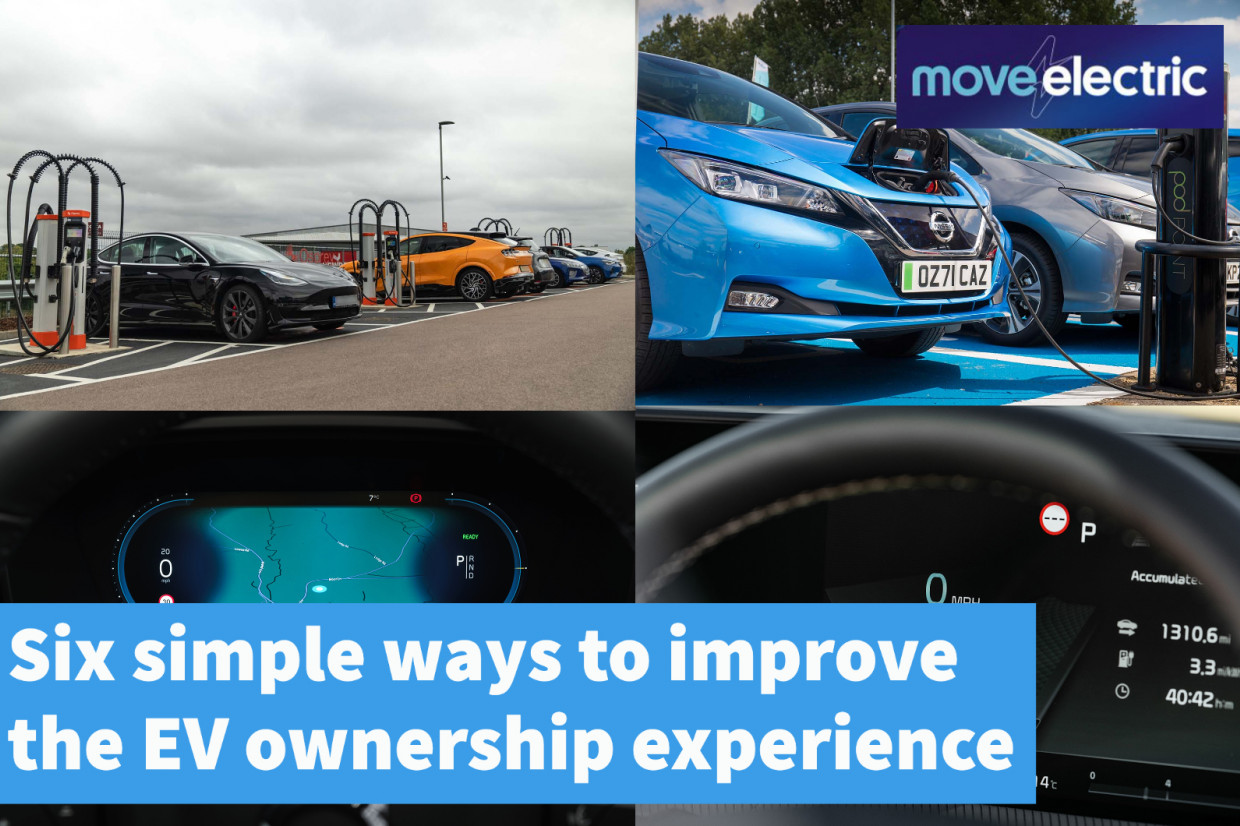
Let’s be clear: driving and owning an electric car is brilliant. They’re relaxing to drive, quiet, spacious and clean. It’s notable that many of the people who complain the loudest about EVs don’t own one.
With that said, not everything about EVs is universally brilliant. These aren’t really gripes about the cars themselves, but some of the infrastructure that surrounds them. There’s still a lack of EV fast chargers where they’re needed the most, and you need to download about 147 different apps to use multiple charging networks and you won’t necessarily find two EVs that give you range information in the same format.
Some of these are big issues to solve: it’s going to take years to expand the UK charging network until it’s the size it needs to be, for example. But not every problem is such a big one to solve.
In fact, there are some simple gripes about the EV ownership experience that could be eased with some relatively simple solutions. So we've been doing some thinking. Let us know if you can think of any more.
A queueing system for EV chargers
It’s a stereotype, but we can surely agree it’s true: Brits love a spot of ordered queueing... but hate confrontation. Which means that trying to navigate the complex politics of a queue for an EV fast charger can be a tense, anxiety-inducing nightmare.
Basically, when you've found a charger you have to spot other EV drivers lurking nearby, and then find some socially awkward way to try and determine the rough order of the queue. That can often involve a spot of passive aggressive ‘well, he’s next, then her, then me’. At which point someone else swoops in out of nowhere, parks up in the space next to the chargers and all the awkward conversations starts again.
981 miles in 10 days in an electric car: what I learned
There has to be a better way. The simple one would be to place EV chargers where cars could actually queue up in order, which you do see at some Tesla Supercharger and other sites. But that doesn’t really work with a handful of chargers right in the middle of a service station car park.
Ensuring every EV charger has a full-time high vis-wearing queue marshal seems a bit excessive, but there are some ways to easily establish a queue order. The simplest; put a supermarket deli-style next to chargers. Drivers take a ticket when they arrive, and wait until their number flashes up on a board.
Okay, we can probably do a bit better than that. What about those pagers they use in some restaurants that flash when you’re ready? Or, better still, a simple QR code at each EV charger that drivers scan when they arrive to enter a virtual queue. They then get a notification when it’s their turn and have a few minutes to get into position and plug in.
It would be fair and structured, save drivers from having to lurk in cars and, better still, save British EV drivers from awkward social interaction.
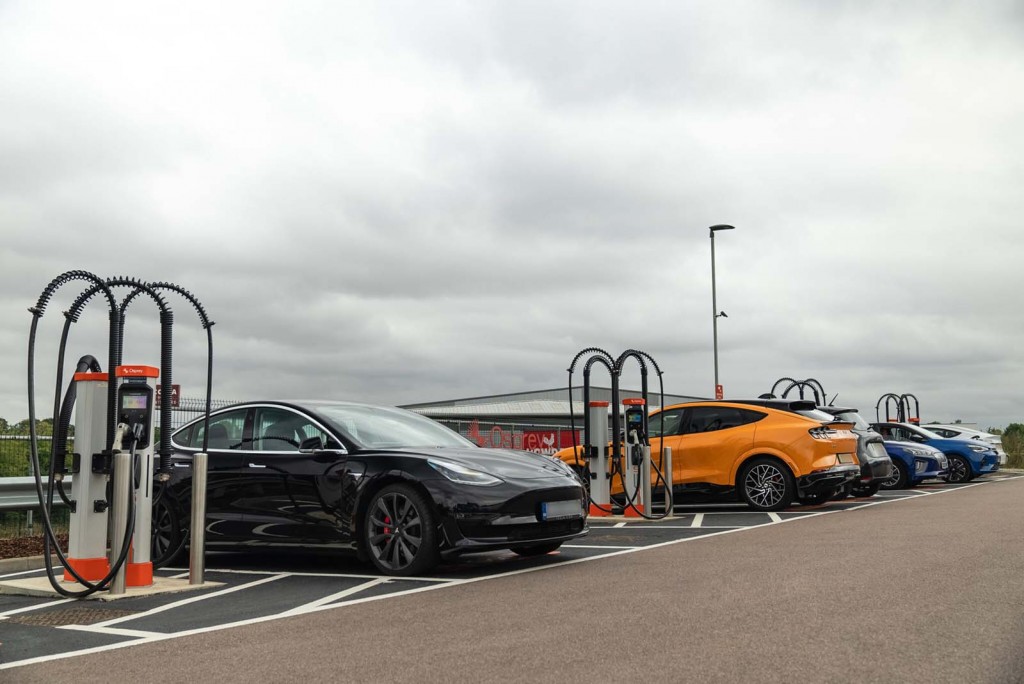
‘Ten minutes or fewer’ EV chargers
Another problem with the EV fast charging network at the moment: you never really know how long someone will be plugged in. You might arrive at a service station only needed a quick 10-minute top-up to make it home, but if a driver plugged into a charger is insisting on filling their battery to 100 per cent – even though that last bit is painfully slow – you just have to wait.
That’s annoying at the best of times, but on those few occasions at peak travel time where there’s a building queue at a bank of fast chargers it just adds to the delay.
So, here’s the suggestion: at peak times, EV charging sites should all feature at least one ’10 minutes or fewer’ charger, which caps how long a car can be plugged in for. It would speed things up for those drivers who just need the EV equivalent of a splash and dash – volt and bolt, anyone? – and, in turn, ease the pressure on other chargers.
It might also help encourage drivers to think a bit harder about their charging habits. Another option would be for charging companies to expand their use of variable charging prices, with incentives for plugging in at quieter times.
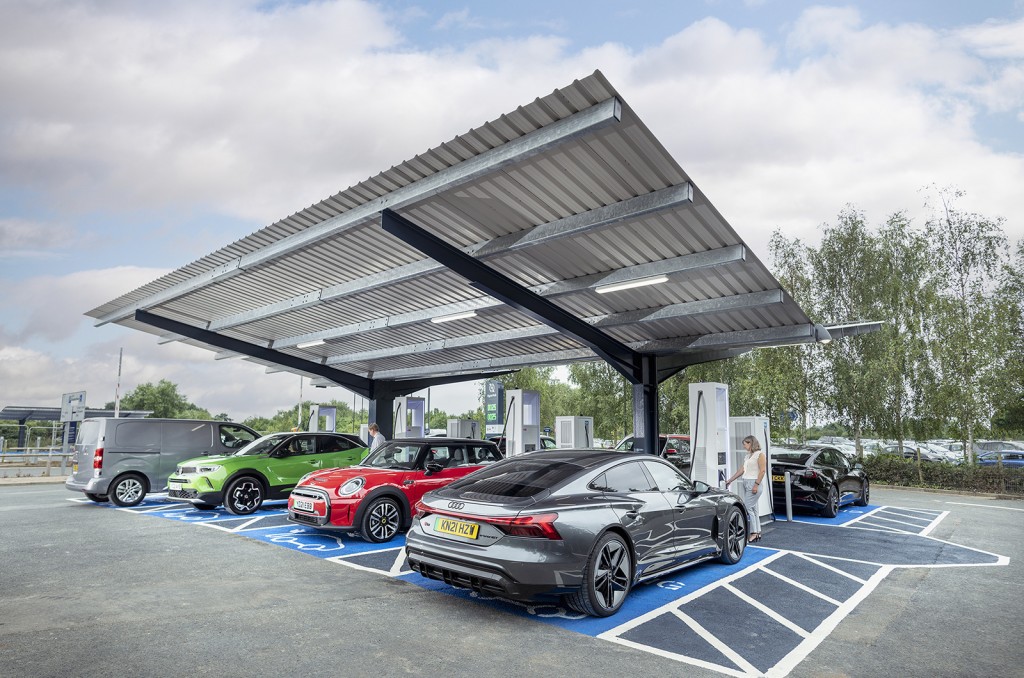
Clearer labelling on dual EV chargers
Some EV chargers have two cables coming out of them – usually one CCS cable and one Chademo cable. The twist: some EV chargers now support dual charging. But some don’t.
That’s a problem because if you try to start a charge with the spare cable on a twin unit that doesn’t support dual charging, you can inadvertently end someone else’s charge. And some units that do support dual charging will split the charger’s output between the two cars, so by plugging in you can substantially increase the charging time of the person parked next to you.
This is simply solved: most, but not all, chargers are clearly labelled. But a few more stickers wouldn’t go amiss.
A related problem: dual chargers often require you to select which of the two ports you’re using, but those ports aren’t always labelled clearly on the machines, leaving you to engage in some educated guesswork. Bigger, better stickers please.
Consistent battery and efficiency information between EVs
If you look in just about any combustion-engined car with a digital fuel gauge, it will tell you roughy how many miles of fuel you have left. And it will likely offer some trip information showing how many MPG you’re getting. It’s useful information, and it’s basically in the same, widely accepted format in every ICE car you clamber into.
With EVs, things aren’t that simple. Some show the battery level in the style of a fuel gauge. Some picture it in a little battery graphic, with or without a charge level shown in percentage. Some will tell you how many miles of range you have left.
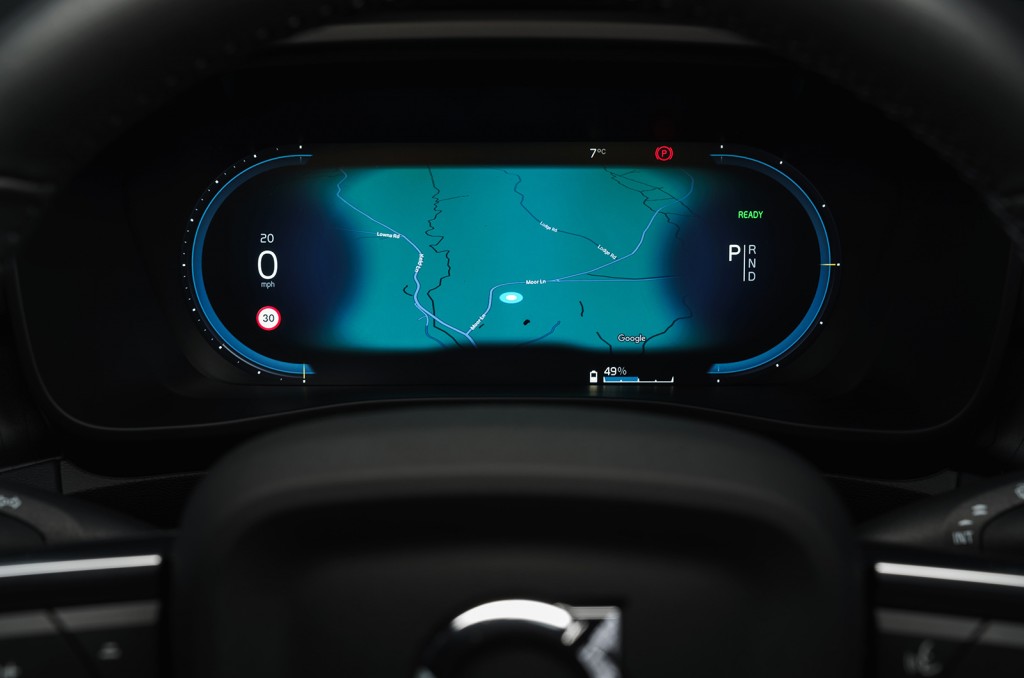
Worse still, there’s no real unanimity when it comes to efficiency. The generally accepted form in the UK is miles per kilowatt hour (mpkWh). But a number of manufacturers display the information in the generally used European standard of kilowatt hours per 100km (kWh/100km). Which confusingly doesn’t just involve a switch from imperial to metric, but entirely reverses the equation.
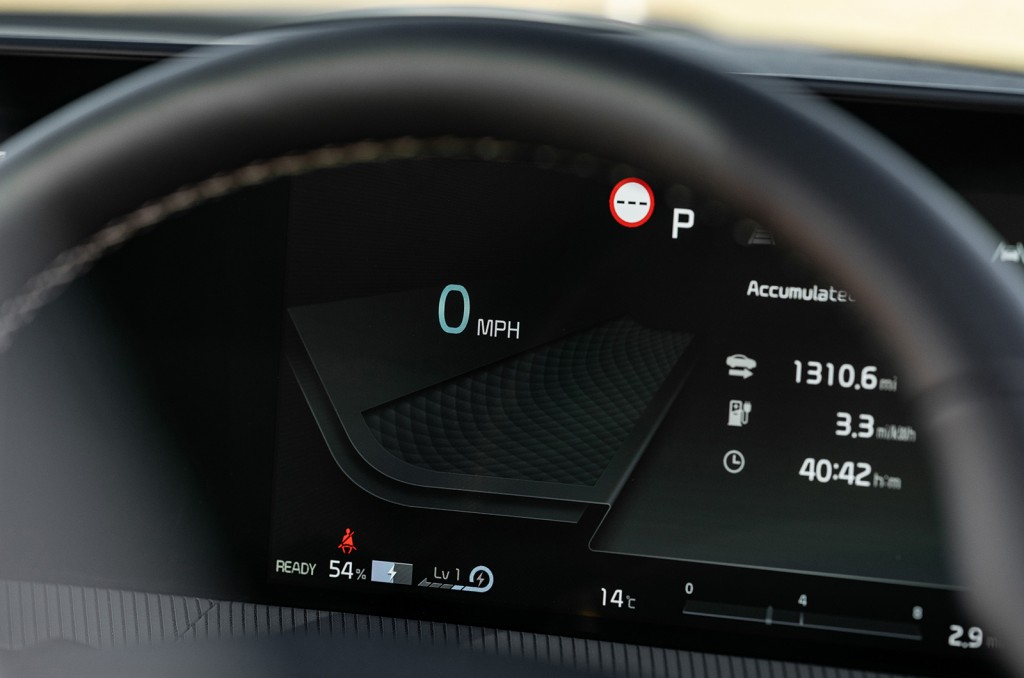
Clearly, this is only a major issue if you frequently jump between different EVs, but anything that serves as a battery for people to easily compare different cars is a frustration. It could be simply solved if car makers could just get together in a big room and quickly agree a standard. That’s shouldn’t be difficult, should it? Thinks about how car firms struggle to agree on anything. Well, we can hope…
Dashboard arrows to remind you where charging ports are
One of the simplest yet greatest innovations in the history of motoring is the little arrow beside the fuel pump symbol on a petrol gauge that tells you which side of the car the fuel filler is. Okay, we might be exaggerating there, but only a bit: seriously, it’s the sort of thing that you barely notice but saves ages of faffing.
Anyway, we mention this because for reasons that escape us, a small but notable number of electric cars don’t feature little arrows on the better charge indicator to tell you which side the charging port is on. Which is a pain, because car firms can’t seem to decide the best place to stick a charging port.
Some EVs feature them in the the rear C-pillars, roughly where a petrol filler goes. Some feature them on the wings ahead of the front doors, and some have a port somewhere in the front bonnet of the car.
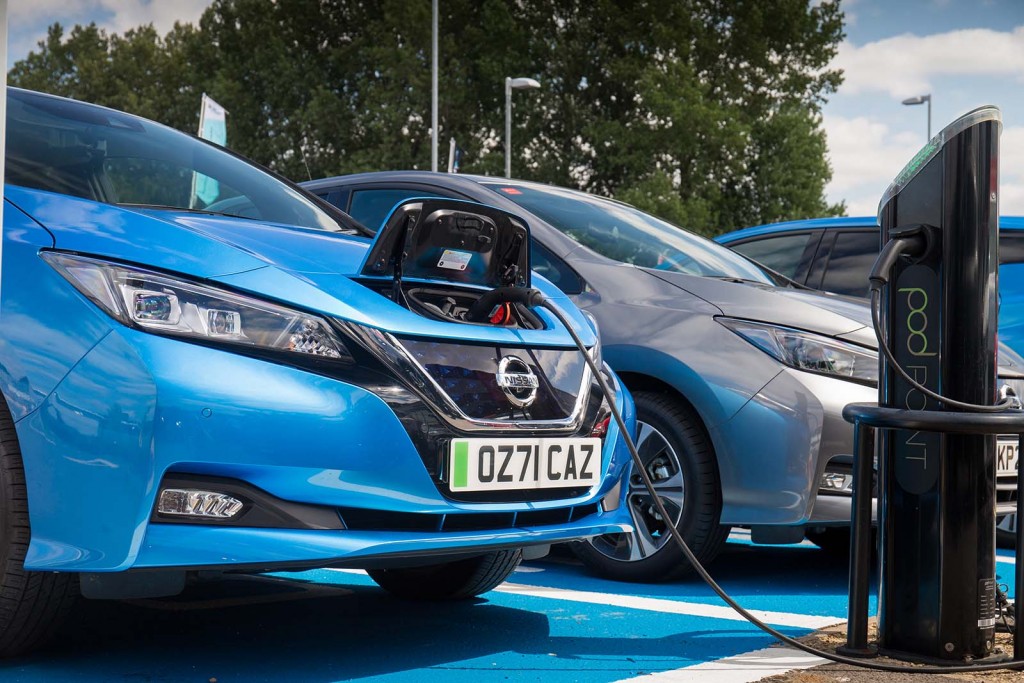
Now, once you’ve learned where the port is on your EV it’s probably not a common issue, but it’s easily forgotten. And if you are stopping to charge, making sure you park with your charging port within stretching distance of a charging cable is really quite important. We’ve occasionally reversed into a charging point, and then realised we needed to drive in nose-first.
Obviously the ultimate solution would be for all EVs to have a standardised location for their charging ports, but that’s absolutely too much to ask. But a little arrow next to the charger symbol on the dashboard? That can definitely be done.
Car firms to provide real-world range information
Cars sold in the UK and Europe have to go through a procedure called the Worldwide Light Test Procedure (WLTP), which is used to spit out an ‘official’ range that a car can achieve. WLTP was brought in a few years back as a replacement for the old New European Drive Cycle (NEDC) test, and was intended to be far more realistic.
Spoiler alert: it’s still not that realistic. What that means is the range a manufacturer’s advert tells you an EV will achieve isn’t the range it will actually achieve – especially in winter. Which is massively frustrating, especially if you’re after a car that can achieve a particular range.
It’s not like the range of modern-day EVs is a source of shame at all. And it’s not like it would be that difficult for car firms to give buyers a realistic range figure that the EV they’re buying can actually achieve. Is it too much to ask? Actually, yes, that one probably is. But we can dream…
READ MORE
Subscribe to the Move Electric newsletter
e-CARS
Ten electric cars we're excited for in 2023
Getting an EV sideways: how easy is it to drift a Kia EV6 GT?
Q&A: Jaguar Racing's Sam Bird and Mitch Evans on Formula E's new era
e-BIKES
Ten electric bikes we're excited for in 2023
Can you get fit using an electric bike?
e-MOTORBIKES
Ten electric motorbikes we're excited for in 2023
Super Soco TC Max electric motorbike review
Cake and Polestar team up for new special edition Makka e-motorbike
e-SCOOTERS
Planned laws to legalise private e-scooters face delay
Five key takeaways from the rental e-scooter trials report
Which train firms have banned e-scooters from their services?
e-WORLD
Move Electric's best features of 2022: lap records, tuk-tuks… and sausage rolls
Volvo Trucks keeps on electric trucking with three new models

